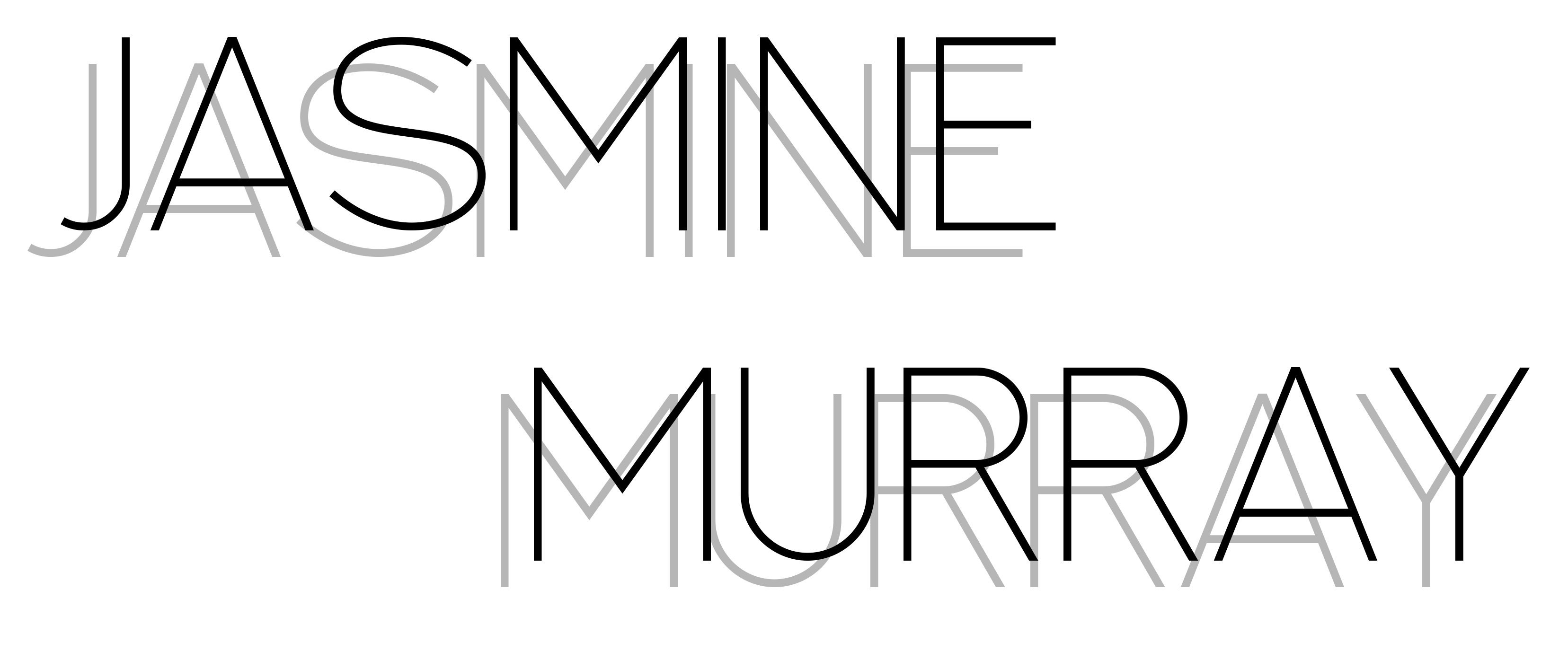More on Zines
Ordinary & Max Siedentopf


I finally managed to get ahold of a copy of Ordinary Magazine, beyond admiring previous issues on the web. Published quarterly the premise behind each issue revolves around a banal mundane object, with previous issues challenging photographers from around the world to create imaginative images using a prop such as cutlery. For issue 9 the object explored and reimagined is the tampon, I find it really interesting how different the interpretations and outcomes are to being asked to take an everyday object, that is ultimately the same for each photographer.

One of the founders of Ordinary Magazine, Siedentopf, has used this sort of approach within his own practice, with his series Same, Same But Different (2017-2020) a series which challenges the taboo of using the same idea more than once with Siedentopf sending a series of ideas in the drawing form or short descriptions to 50 photographers to photograph. On his website he mentions that the series is to question our need for authenticity and uniqueness given that referencing, copying and adaptation exists all around us, he writes that:
“Instead, our egos force us to re-invent the wheel, over and over again. As if we want to state: ‘it’s only ME that came up with all of this. I thought of this, and no one else.’ However, if there is a perfectly fine wheel available, why would you put all that time and effort in reinventing it again? There are so many great ideas already there, just waiting to be used. In our constant hunt for unique ideas and authenticity, we often forget that execution matters just the same. Maybe even more.”
Siedentopf, M. (2020)
Siedentopf’s observation and commentary about rituals and referencing is apt in my own practice of commenting on social media and the internet as the userbase repeat update with multiple self-portraits which are the same yet different.
Lewis Bush’s Zine Binding Guide + Kensuke Koike and Thomas Sauvin’s No More No Less

I finally caved and bought Bush’s well recommended Zine Binding Guide. I’ve found it really insightful in understanding the various structures I have seen in both zines and photobooks. During my BA I purchased Koike’s and Sauvin’s (2018) No More No Less, the particular edition I purchased (they did 3 different editions) by Skinnerboox uses an accordion structure with two booklet inserts.

The book comes in a slipcase, with a negative image printed in silver on one side and a fragmented typeface that mimics the collaging methods, spelling out the creators name and title. Removing the slipcase unveils what looks like a usual book, however once opened it reveals a unique materiality with the pages within, are folded in a fanfold concertina style, that is very much an accordion structure. This method of display feels like a homage to Koike’s and Sauvin’s collages that are highly geometric in nature.
Unfurling the concertina unveils the sketch marks he made for slicing up the original images, highlighting the pre-planning before committing knife and tape to paper. The images themselves are fragmented optical illusions that are simply flipped and reordered, yet the outcomes are alien and otherworldly, with some of the images rearranged in differing styles by Koike more than once, yet at first glance the results and outcomes of using the same original image are so wildly different you could mistake that the image he is re-assembling to be an entirely different subject to the one placed beside it.

The concertina pages are made of the same shiny thick cardstock the front and back of the book are made of, providing the viewer with a seamless flowing exploration from the very beginning. On thinner paper stock towards the rear of the book are the original source images with hand scrawled notes from the student’s professor, as well as a section dedicated to the negatives of the original images printed with silver ink on black paper stock. For me this inclusion of the negatives means the viewer can explore them, alongside Sauvin and Koike’s work, rather than simply viewing the original physical prints within the student’s album, it also allows the review of the chemical processes it took to make the images to begin with.
References
Figures
Figure 1 Siedentopf, M. & Kappes, Y. (2019) Ordinary Magazine Issue 9. [Online] Available from: https://www.stackmagazines.com/product/ordinary-issue-9/ [Accessed 25/06/2020]
Figure 2 Siedentopf, M. (2017-2020) from the series Same, Same But Different [Online] Available from: https://hyena-editions.com/products/same-same-but-different [Accessed 26/06/2020]
Figure 3 Bush, L. (v.1.2 June 2020) A Zine Binding Guide [Online] Available from: https://shop.lewisbush.com/product/zine-binding-guide-zine/ [Accessed 26/06/2020]
Figure 4 Koike, K. & Sauvin, T. (2018) No More No Less (photo of book by Murray, J. 2020)
Figure 5 Koike, K. & Sauvin, T. (2018) No More no less via Tipi Bookshop. [Online] Available from: https://vimeo.com/314752189 [Accessed 26/06/2020]
Figure 6 Koike, K. & Sauvin, T. (2018) No More No Less. [Online] Available from: https://www.skinnerboox.com/books/nomorenoless [Accessed 26/06/2020]
Bibliography
Siedentopf, M. (2017-2020) Same, Same but Different. [Online] Available from: http://maxsiedentopf.com/same-same-but-different [Accessed 26/06/2020]
